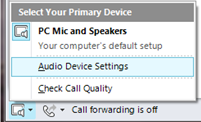Windows has a command line tool fsutil which performs file system related tasks. You must be an administrator on the local machine to use it. There are a couple of commands that could speed up disk access.
By default, every time a file is accessed, even read, the last access date is updated. This can be disabled.
fsutil behavior query DisableLastAccess
fsutil behavior set DisableLastAccess 1
Every file created with a “long” file name, an 8.3 name is created and stored. This can be disabled. [more]
fsutil 8dot3name query
fsutil 8dot3name scan /s c:
(check log file for registry entries for applications that might break)
fsutil 8dot3name set c: 1
Help text is available by just entering fsutil. More complete documentation at http://technet.microsoft.com/en-us/library/cc753059(v=ws.10).




